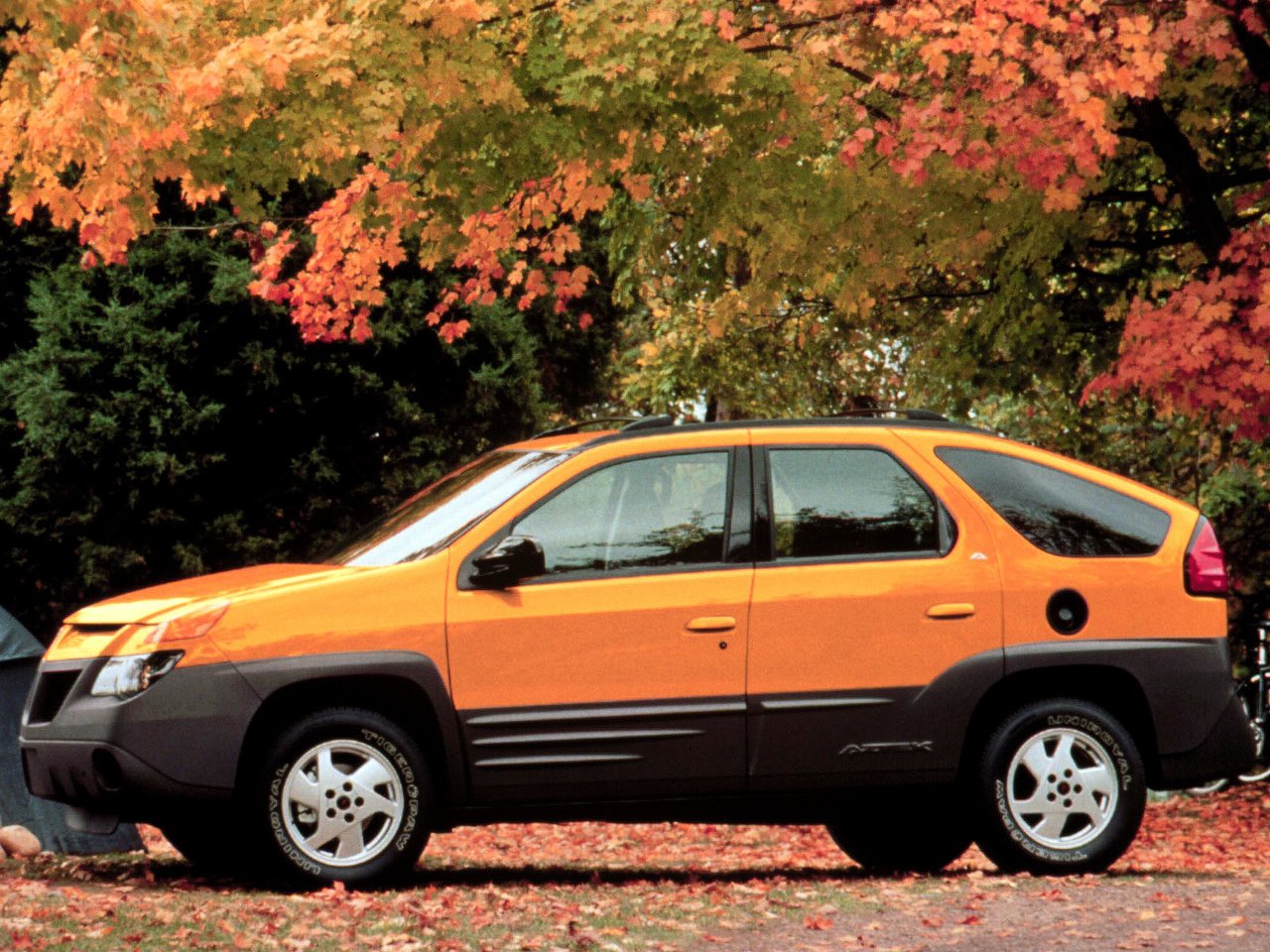Up-front Identities: The Grille Has Gone Cold
Having previously reflected on logos, Patrick le Quément now turns his attention towards another crucial fragment of ‘brand DNA’.
Party’s over (photo © Shutterstock)
When one turns towards the evolution of automobile design and particularly of the interaction between logos and the design of front ends, the question inevitably arises as to whether logos will continue to exponentially increase in size with the rise of the electric vehicles. This entails a secondary question on the subject of front end grilles. For as always, it is important to look at any phenomena by stepping sideways from the hassle of instantaneous news, and take a look back at history: What has happened between the launch of the revolutionary trout-shaped front end of the 1955 Citroën DS 19 and the 2020 generation of piranha’s jaws fitted to the latest regal Autobahn cruisers? Similarly, it’s interesting to note the evolution of front end grilles, as exemplified by the remarkable NSU Ro80, launched in 1967. This car featured a radiator grille accompanying the shape and blending in with the overall design.
Today, we are witnessing that almost all recently launched upper segment vehicles display gargantuan grilles and precious little else in terms of a design theme. I can’t help but make the analogy with the nuclear arms race - only this time with weapons based upon the various brands’ egos, materialised by their extroverted expression of front end grilles. For, you see, cars are looking more and more alike. Not in that grandfatherly ‘they don’t make ‘em like that anymore’ sense, but on on the basis that packaging and proportions indeed are more uniform than they have ever been. What with the dominance of the SUV silhouette and the fact that all cars have increased so much in size, they are now all bunched up in a cul de sac.
(photo © Daimler AG)
Physical realities have caught up with every automotive designer/planer/strategist, as cars just cannot go beyond a certain width and a certain length. This results in the Spielraum being limited to superficial expressions… which is where our gargantuan grilles come into play. Observing recent vehicle launches, one cannot help but think that frustrated designers feel obliged to outdo one another by exaggerating the size and decorative tinsel of the gaping holes that have become their preferred expressive zone. Of course, we are in a period where product planners, as well as designers are keeping score on what the competition is up to in order to retaliate. That you can gather by the martial language and the overuse of terms like ‘aggressive styling’ being used, giving a new, lethal meaning to all those new cars featuring grossly snarling expressions. Yes, the automobile industry is at war - let’s hope that customers will not be caught in the crossfire…
So what does the optimist in me say about this rather gloomy portrayal of an out-of-control nuke that has already left its launching pad? The answer lies in the shifting of a paradigm we are beginning to witness through the massive arrival of Battery Electric Vehicles. Of course, some brands will probably continue as if nothing has happened. But others, those not fatalistically glued to tradition and the safety of their glorious past, may finally realise that the times have definitely changed and that logos are more than likely going to take a central role in the frontend identity of future EVs.
There is a parallel that can be drawn between the early days of the automobile and the crossroads modern automobile designers face today. Earlier cars looked like horse-drawn carriages that had forgotten to ask the horse to join them. Today’s horse-less carriages are those preposterous-looking vehicles with their gigantic, useless fake air intakes. They certainly are not the design direction to be pursued in the future. If some EVs are still sporting old world fake radiator grilles, they will very quickly find themselves to be classified as reactionary. For the future belongs to those prepared to look at the EV with fresh eyes. Those daring not to impose yesterday’s solution to tomorrow’s challenges.
What we need are the fundamental innovators willing to push through open-minded approaches. I would therefore like to remind every creative and instinctive designer out there that today’s challenges lie in your hands. I believe the time has come for you to rewrite the definition of what is ‘good design’. I wish I could join you.












Car interior designer who created some of the most significant cabins of all time, most notably the Porsche 928’s